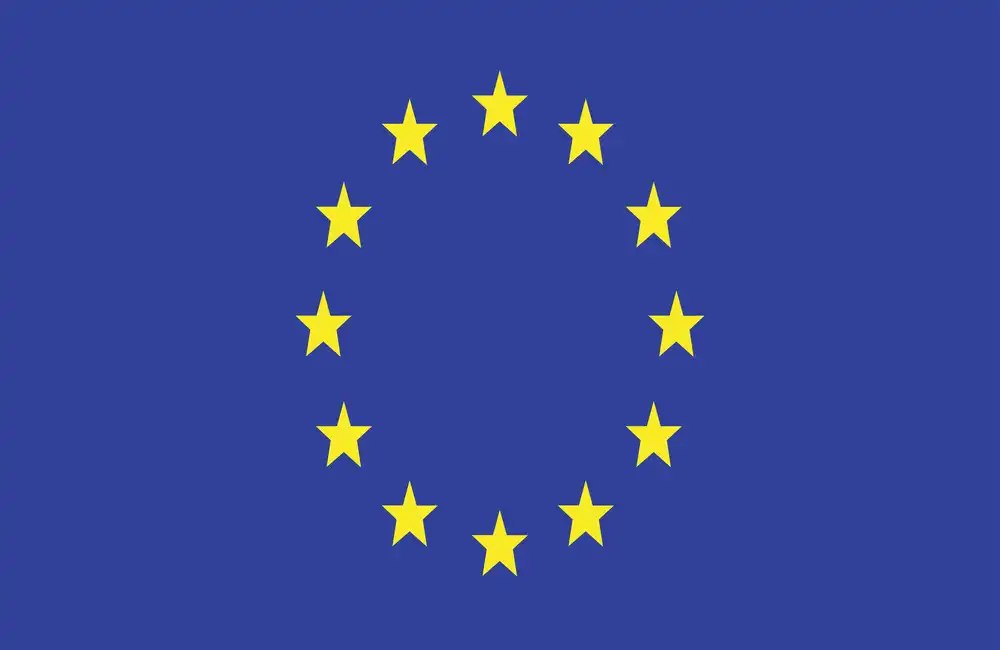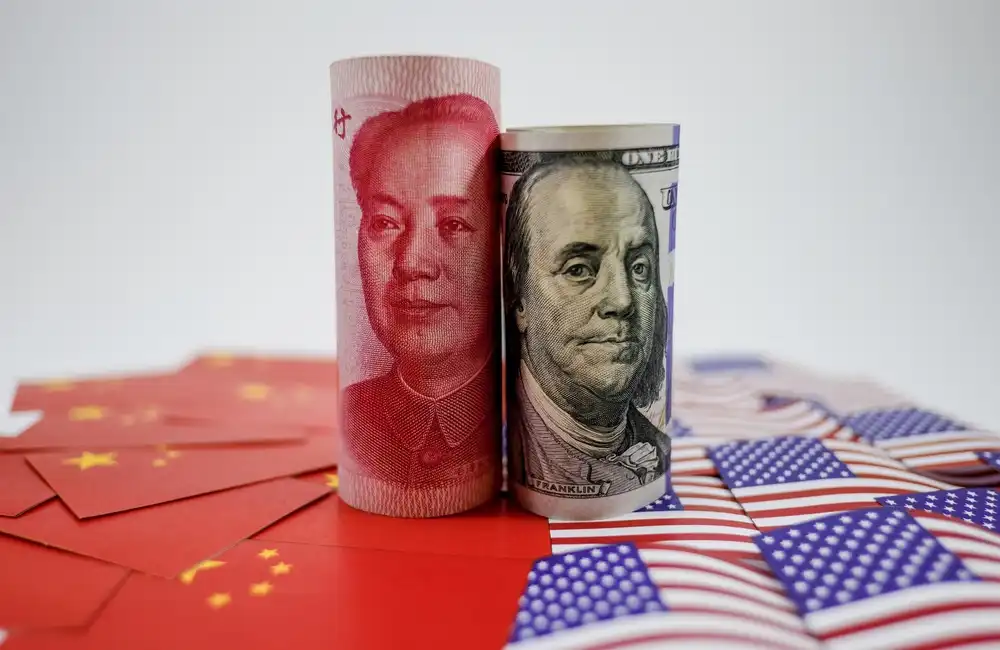The integration between the UK and EU carbon markets is a pivotal development for ESG (Environmental, Social, and Governance) investors.
With increasing regulatory alignment and global commitments to emissions reduction, understanding this linkage is crucial for informed investment decisions. This article seeks to unravel the complexities of the UK–EU carbon-market relationship and outlines what this means for ESG-focused portfolios.
The Genesis of the UK and EU Carbon Markets
The EU Emissions Trading System (EU ETS), launched in 2005, is one of the world's largest and most established platforms for trading carbon allowances. It sets a cap on total greenhouse-gas emissions for sectors such as energy, manufacturing, and aviation across member states.
Following Brexit, the UK withdrew from the EU ETS and established its own scheme—the UK ETS—which came into effect in January 2021. The UK ETS mirrors core elements of its EU counterpart, such as a cap-and-trade system and alignment with emission-reduction targets, while allowing for domestic flexibility.
Why Carbon-Market Linkage Matters
Linking carbon markets creates a larger, more liquid market for allowances, benefiting businesses, governments, and investors:
- Cost Efficiency: Broader trading options lower the cost of compliance.
- Market Liquidity: Greater depth and stability aid long-term planning.
- Policy Alignment: Coordinated caps help joint climate goals.
- Competitiveness: Reduces carbon leakage and supports global industry.
For ESG investors, such linkage offers predictability and scale, enabling more effective capital deployment toward decarbonisation.
The State of UK–EU Carbon-Market Linkage
Formal linkage negotiations are underway, focusing on aligning allowance pricing, free-allocation rules, and market-stability measures. While a binding link has not yet been ratified, both systems share key features:
- Net-zero targets by 2050
- Cap-and-trade mechanics
- Supply-control tools (Market Stability Reserve in the EU; cost-containment in the UK)
Opportunities and Challenges for ESG Investors
Opportunities
- Broader Investment Scope: More sectors covered under a unified market.
- Clearer Policy Signals: Enhanced regulatory certainty aids portfolio planning.
- Innovation Funding: Increased revenues channelled into green technologies.
Challenges
- Fragmentation Risk: Interim discrepancies complicate cross-border flows.
- Price Volatility: Misaligned mechanisms can cause sudden swings.
- Regulatory Uncertainty: Delayed linkage prolongs strategic ambiguity.
What Should ESG Investors Do Now?
- Monitor Developments: Track updates from the UK Department for Energy Security and Net Zero and the European Commission.
- Diversify Across Markets: Spread exposure across multiple carbon-pricing systems and sectors.
- Engage with Companies: Advocate robust emissions-reduction strategies within your holdings.
- Seek Expertise: Partner with carbon-market specialists to refine your approach.
Final Thoughts
The UK–EU carbon-market linkage represents a pivotal advance in global emissions reduction. ESG investors can harness this integration to drive both financial returns and climate impact—but must navigate policy nuances and timing risks. Proactive engagement and strategic diversification will be key to capitalising on this evolving landscape.
If you’d like to explore how UK–EU carbon-market linkage could affect your ESG strategy, subscribe today for tailored guidance.























